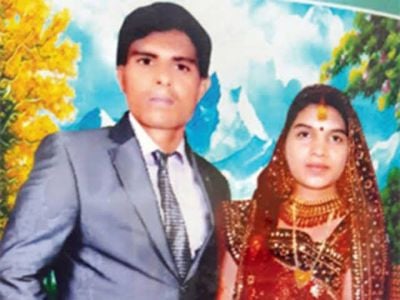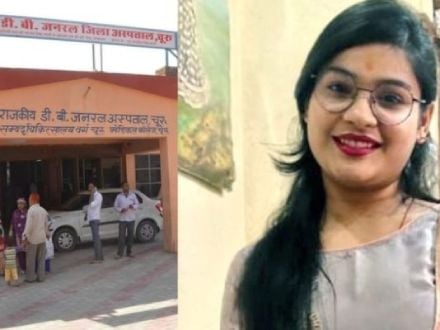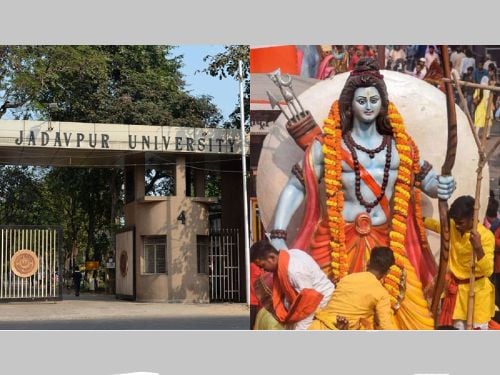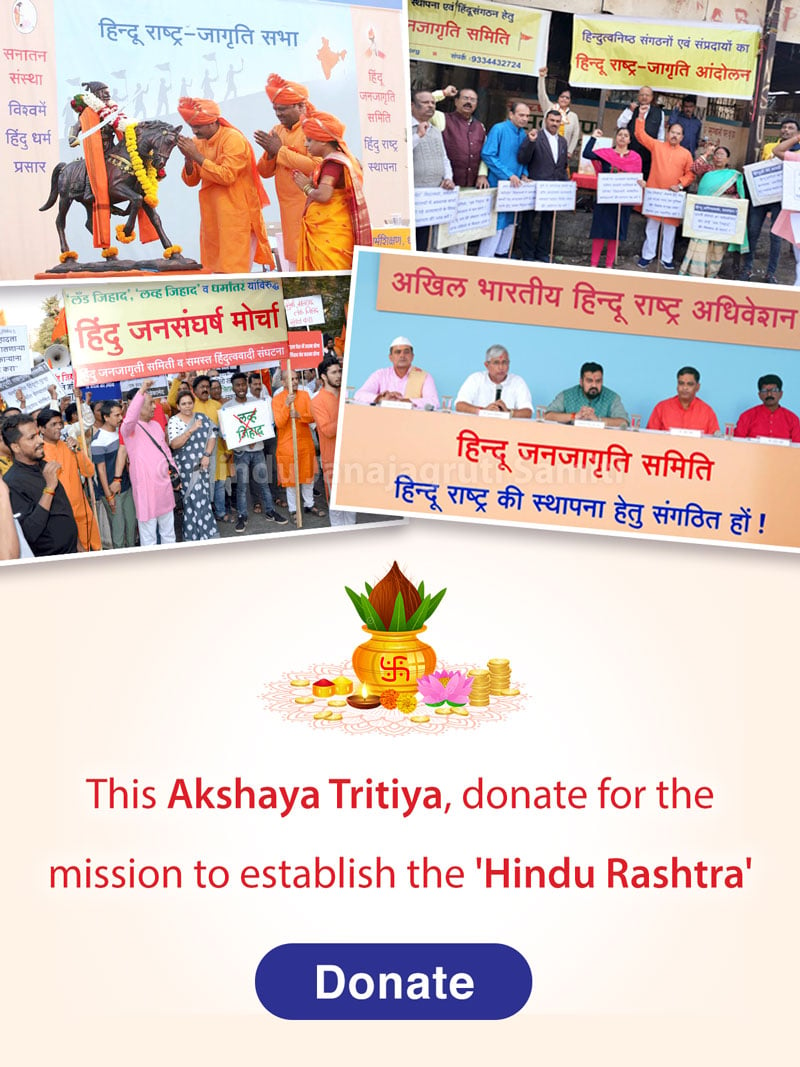In the Kandhamal district of Odisha, a well-known and highly respected Hindu Sadhu named Swami Laxmanananda Saraswati was brutally murdered by armed Naxalites and some Christian fanatics in 2008. The tribal-dominated Kandhamal district has long been the hotbed of forced conversions by evangelical organisations. Christian missionaries have been constantly targeting Hindu Sadhus working on the ground to prevent their rampant conversion efforts, with explicit help from Maoists.
Swami Laxmanananda Saraswati, an 82-year-old Sanyasi who had dedicated his life to the service of the Adivasis in the area, was murdered along with 4 of his associates in the Jalespata Ashram on the day of Janmashtami in 2008, while the Ashram’s devotees were getting ready for the festivities. His body was riddled with bullets and his dead body was brutalised further with sharp weapons by the murderers. The incident had sparked communal riots in the Kandhamal district, where tribal Hindus and Christians clash regularly, with the Naxalites supporting the Christians.
The four other persons murdered by the assailants were Mata Bhaktimayee, Krutananda Baba, Kishore Baba and Puranjana Guntha.
Swami Jibanamuktananda facing death threats
Swami Jibanamuktananda, the current caretaker of the Jalespata Ashram has complained to the police that he has been getting repeated death threats over the phone for the last few days. As per reports, the first call had come at around 5.30 pm on Saturday, 20 February where the caller had identified himself as a ‘Naxal’ and had threatened to kill the Sadhu and blow up the Ashram.
The second call had come on Sunday morning and had issued similar threats. After Swami Jibanamuktananda lodged a complaint at the Tumudibandha station, a police team was deployed for the security of the Ashram. Swami Jibanamuktananda stated that the Ashram exists to serve the local tribals and educate their children. He stated that the local police have promised him support and protection.
Following the news of the death threats, a team of 7 BJP leaders, including 2 MLAs named Mukesh Mahalinga and Kusum Tete had arrived in Jalespata Ashram to meet Swami Jibanamuktananda. They had also spoken to Kandhamal SP Vinit Agarwal regarding the security arrangements of the Ashram.
Police arrest one person for threat calls
On Sunday, the Kandhamal police have arrested one person named ‘Mahadev Maharaj’ who was a former worker at the Jalespata Ashram. Maharaj allegedly had a fallout with Swami Jibanamuktananda and the Ashram authorities and had been asked to leave, as per a report by OTV.
Maharaj was arrested by the Kandhamal police from the Chatikana area under the Bissamcuttack police station limits in Rayagada district. He hails from the Sundergarh district in Odisha and was working in the Jalespata Ashram till 2019, as per the police. The police have insisted that the threatening calls are a result of fallout between Swami Jibanamuktananda and Mahadev Maharaj.
Kandhamal district: Christian conversions and Maoist violence
Before and after the brutal murder of Swami Laxmanananda Saraswati, the Kandhamal district has witnessed several instances of violent clashes and riots, primarily between the predominantly Christian-convert Pana community and the Hindu tribal Kondh community. Hindu Sadhus and social workers constantly receive threats and intimidation from missionary organisations and Naxals who seem to work in tandem.
In 2007, Kandhamal saw communal riots between Hindu tribals and converted Christians who were demanding ST status. On 24 December, the Christians has attacked and vandalised a Durga Puja venue and had attacked Swami Laxmanananda Saraswati too when he had tried to intervene. This had led to violent clashes where several houses were torched.
In 2015, the Justice Basudev Panigrahi Commission, which was probing the 2007 riots, had submitted its report. The report had cited ‘rampant Christian conversions’ as the reason behind the violence in the area. The former judge had told that despite strong anti-conversion laws in Odisha, rampant missionary activities are underway. Kandhamal, a small district with dense forests, has over 1200 churches and over 300 Christian organisations.
Conviction of Maoists and Christians for the murder of Swami Laxmanananda Saraswati
In October 2013, a total of eight people, 7 converted Christians and a Maoist leader named Pulari Rama Rao were sentenced to life imprisonment for the murder of Swami Laxmanananda Saraswati. Two more Maoist leaders Dunna Keshav Rao and Sabyasachi Panda were also accused in the case. Both are lodged in jail.
As per a report published in Firstpost in 2016, in the aftermath of the Kandhamal riots in 2008 following the death of Swami Laxmanananda Saraswati, a large number of international Christian organisations had peddled baseless claims, and vast amounts of foreign funds had flown into the district. Many persons who were alive, or who had died natural deaths long before the riots, were listed by Christian pastors as ‘riot victims’. Fake names were used to collect huge funds from NGOs and evangelical organisations all over the world.
Source : OpIndia

 Shafique sentenced to life imprisonment for killing sister who converted to Hinduism, her husband
Shafique sentenced to life imprisonment for killing sister who converted to Hinduism, her husband Ibrahimsab, Akbar awarded death penalty for setting pregnant Muslim woman on fire for marrying a Hindu boy
Ibrahimsab, Akbar awarded death penalty for setting pregnant Muslim woman on fire for marrying a Hindu boy Gujarat: Islamic preacher Sohail arrested for threatening to kill Hindu activist
Gujarat: Islamic preacher Sohail arrested for threatening to kill Hindu activist Rajasthan: Woman found hanging at a beauty parlour, Arshad, 3 others booked
Rajasthan: Woman found hanging at a beauty parlour, Arshad, 3 others booked Jadavpur Univ revokes permission to celebrate Ram Navami on campus after granting it
Jadavpur Univ revokes permission to celebrate Ram Navami on campus after granting it Andhra Pradesh: Farooq kills mentally challenged Hindu man for insurance money
Andhra Pradesh: Farooq kills mentally challenged Hindu man for insurance money